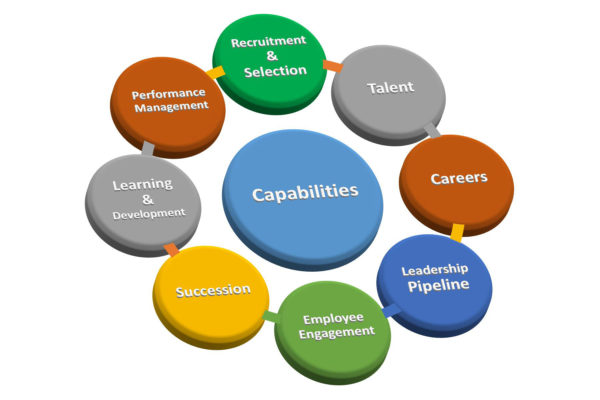Organisation
Translating strategy into the operational
Every organisation, and most functions within them, will have a strategy which informs the way they do business. Most often the strategy is developed into an Operating Model, which defines how the organisation or function is structured, the types of roles required to deliver the plan, plus a whole set of financials and measures.
However many organisations encounter difficulties when translating strategy into operational processes. How do you turn vision into reality, and more importantly, deliver effective operations? The answer is very logical – you start with organisational design. Once you have that right, it then progresses to defining roles that are able to deliver the operating model, with clarity and appropriate division of activities, responsibilities and skills.
 Key to delivering an operating model is leadership. From the very top of the organisation to supervisory level, there needs to be structured, effective and intelligent leadership. Without it, people will often fill the gaps with their own interpretation of the organisation’s goals and activities.
Key to delivering an operating model is leadership. From the very top of the organisation to supervisory level, there needs to be structured, effective and intelligent leadership. Without it, people will often fill the gaps with their own interpretation of the organisation’s goals and activities.
When this happens, not only can the strategy be subverted but also the culture of the organisation can be lost in pockets of independent subcultures.
Even when everything is in place and working well, things can and will change. Commercial decisions, market forces, regulatory changes and many other factors can necessitate the need to review the effectiveness of the organisation. When this happens, it is important to focus on the changes to the operating model and how this impacts the organisation structure and workforce. Often this can lead to reductions in the workforce but not always, and in some cases, it just means that people’s roles are changed to meet the new model.






